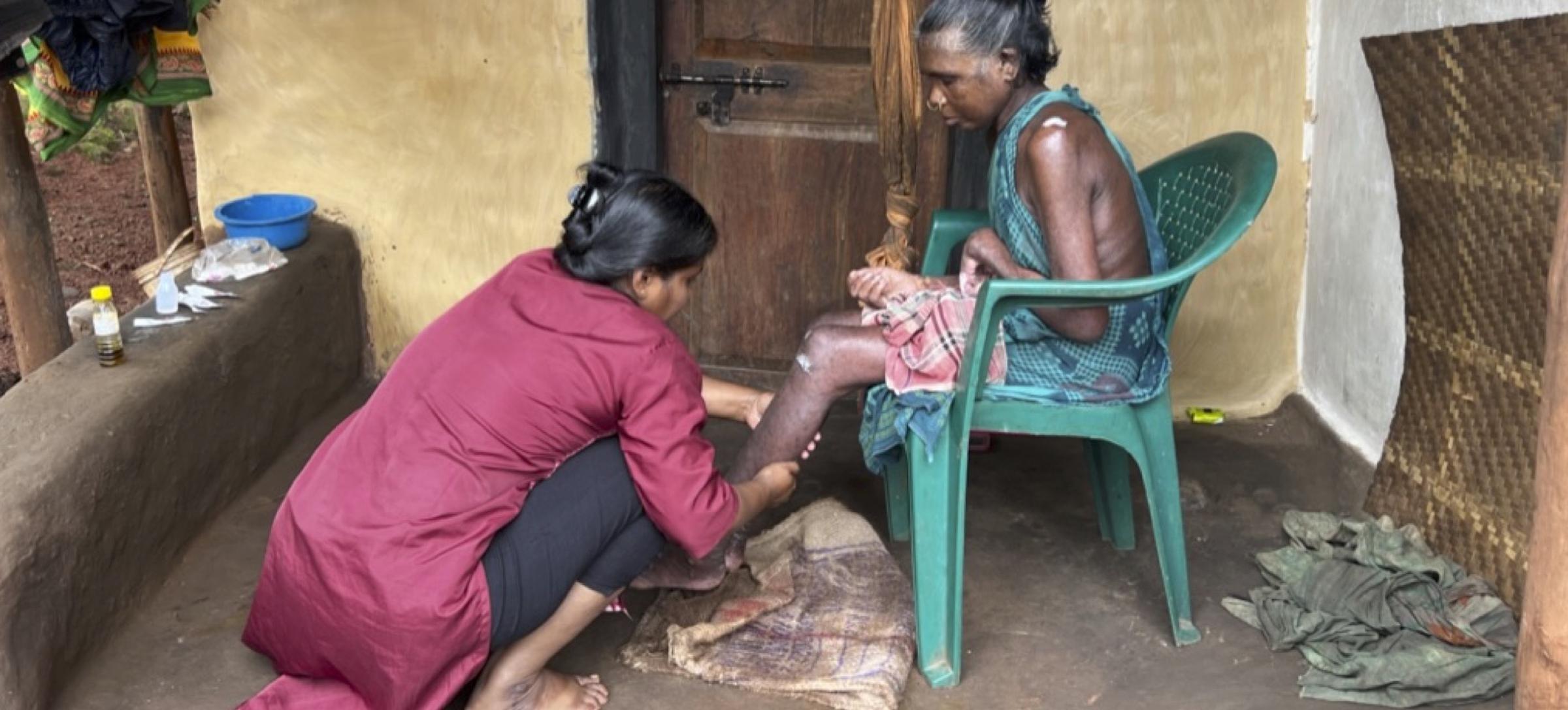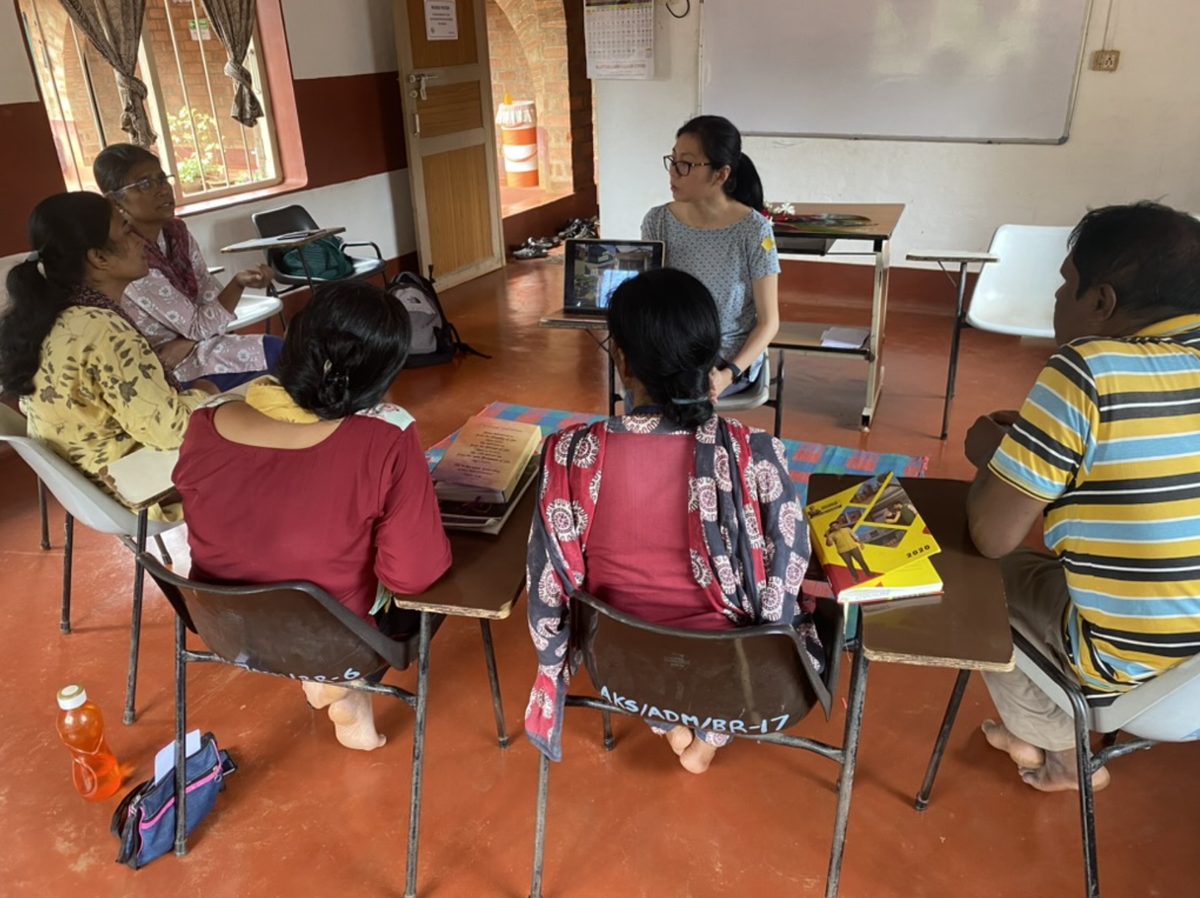Project Hamrahi Report (2)

Asha Kiran Hospital, Orissa
My last visit to Asha Kiran Hospital Orissa was three years ago. Much of the world has changed, and it has been encouraging to see greater access to health care, even in rural India. Government schemes mean patients have increasing access to health insurance to cover acute oncological treatments, including radiotherapy. However, chronic care continues to be a large burden on families to provide physical care without governmental support. Dr Bethsheba Eicher, Sister Korobi Curtis and a team of four healthcare workers persevere in providing healthcare and personal care to the local community. They work tirelessly to maintain patients’ dignity and address psychosocial and spiritual care in addition to physical care.
I had a short visit of 5 days, starting with a small group presentation within an hour of arrival after a 4-hour car ride! We discussed nutritional intake at the end of life, bladder and bowel care for the bedridden patient, and the counselling and care provided to caregivers. The sense of hopelessness for families is especially poignant when a patient loses their appetite in a culture where food is eaten socially in groups.
Over two days of home visits, I saw a mix of patients with malignant and non-malignant diseases. The innovation of the Indian people continued to impress me as I saw an Indian Sarong cloth hung over a roof beam to assist with sit-to-stand transfers in the home of a lady with left-sided hemiplegia from a stroke.
Access to analgesia can be variable. The Asha Kiran Community Service has been trying to expand the catchment area. One patient who lived in the outer catchment area of the hospital had metastatic lung cancer with likely clavicle bone involvement and was suffering from pain and breathlessness. She was bedbound and unable to access analgesia with no pharmacist or hospital nearby. Her son had to travel to Asha Kiran Hospital to obtain tramadol.
It is encouraging to see progress in each visit I make - better roads mean better access. The increasing use of mobile phones and mobile coverage means the community team is better equipped to monitor patients and respond quickly. I look forward to seeing what further improvements and changes this team makes in the next few years!


